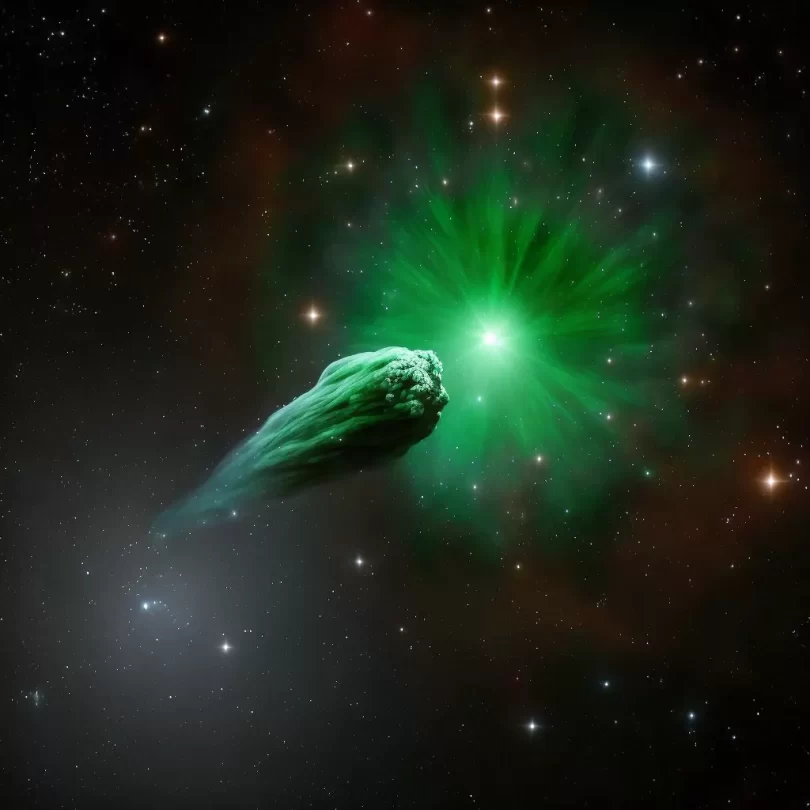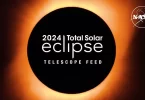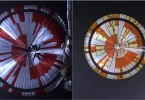The « Green Comet, » officially known as C/2017 S3 (PANSTARRS), is set to make its closest approach to Earth in over 50,000 years. This rare event is expected to take place in late 2022 and will provide an excellent opportunity for stargazers to catch a glimpse of this celestial wonder. In this article, we will discuss the best ways to watch the Green Comet as it makes its closest approach.
First and foremost, it is important to note that the Green Comet will only be visible through a telescope or binoculars. The naked eye will not be able to see the comet as it will be too faint. Therefore, if you want to get the best view of the Green Comet, you will need to invest in a telescope or binoculars.
When it comes to choosing a telescope or binoculars, it is important to consider the aperture size. The aperture is the opening at the front of the telescope or binoculars that allows light to enter. A larger aperture means that more light can enter, resulting in a clearer and brighter image. Therefore, a telescope or binoculars with a larger aperture is ideal for viewing the Green Comet.
The Green Comet will be visible in the Northern Hemisphere and will be visible in the early evening sky. The best time to view the comet will be during the months of September and October 2022, when the comet will be at its closest approach to Earth. The comet will be visible in the constellation of Auriga, which is located in the eastern part of the sky.
To locate the Green Comet, you will need to use a star chart or planetarium app. These resources will provide you with detailed information on the comet’s location in the sky. Once you have located the comet, you can use your telescope or binoculars to get a closer look.
When using your telescope or binoculars, it is important to give your eyes time to adjust to the dark. This can take up to 30 minutes. Once your eyes have adjusted, you should be able to see the Green Comet clearly. The comet will appear as a small, greenish-white dot in the sky.
In addition to viewing the Green Comet through a telescope or binoculars, you can also photograph the comet. This can be done by attaching a camera to your telescope or by using a camera with a long exposure. If you decide to photograph the Green Comet, be sure to use a tripod to keep your camera steady.
In conclusion, the Green Comet, officially known as C/2017 S3 (PANSTARRS), is set to make its closest approach to Earth in over 50,000 years. This rare event is expected to take place in late 2022 and will provide an excellent opportunity for stargazers to catch a glimpse of this celestial wonder. To get the best view of the Green Comet, you will need to invest in a telescope or binoculars with a large aperture. The best time to view the comet will be during the months of September and October 2022, when the comet will be at its closest approach to Earth. You can also photograph the comet by attaching a camera to your telescope or by using a camera with a long exposure. By following these tips, you will be able to enjoy the beauty of the Green Comet as it makes its closest approach in 50,000 years.







